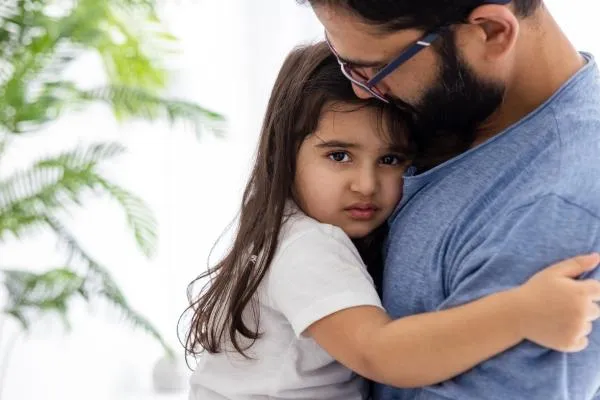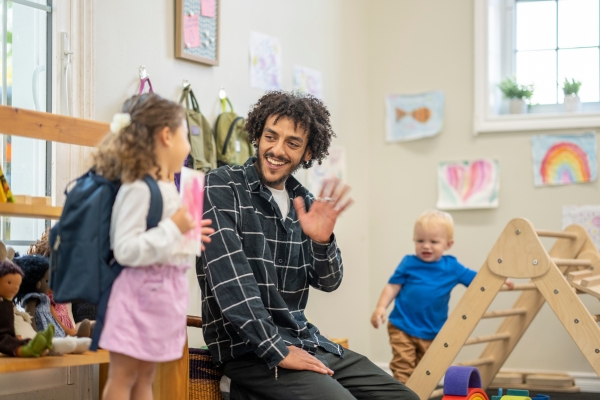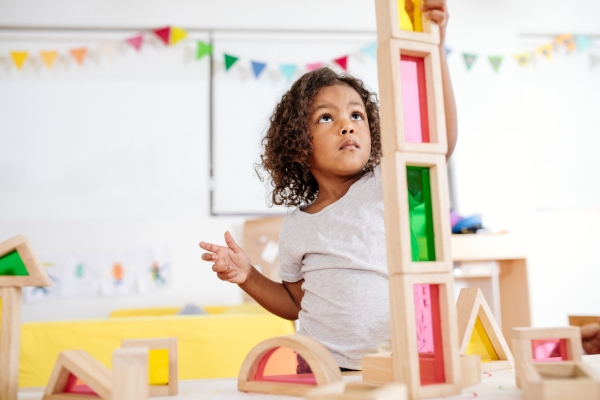
Daycare Separation: Easing Anxiety for a Smooth Transition
Dealing with Daycare Separation Anxiety: How to Help Your Child Transition Smoothly
Separation anxiety is a common hurdle for many children when transitioning to daycare. This phase, while stressful for both parents and children, is a natural part of development. Understanding and addressing it effectively can make a significant difference.
Understanding Daycare Separation Anxiety
Daycare separation anxiety typically occurs when young children, especially between the ages of 8 months and 3 years, experience distress when separated from their parents or caregivers. It's a sign that the child has formed a strong attachment and is reacting to unfamiliarity or uncertainty. For parents, it can be heartbreaking, but with the right tools and strategies, you can help ease this transition.
Are you a Georgia resident seeking preschool options? Apply for Georgia PreK Lottery today and explore quality educational opportunities.
Signs of Daycare Separation Anxiety
Crying or clinging: Your child might resist being dropped off or cry as soon as you start leaving.
Tantrums: Frustration can manifest in physical outbursts, such as tantrums or flailing.
Regression: Children might temporarily regress in behavior, asking for things like pacifiers or diapers they no longer need.
Fear of being alone: This fear may continue even outside of daycare, like at bedtime.
Strategies to Help Manage Separation Anxiety
Establish a Predictable Routine Routines give children a sense of security. Start the day with a predictable routine that includes calm activities like breakfast together or reading. A smooth morning leads to an easier daycare drop-off, where children know what to expect.
Example: Every morning, have a consistent wake-up routine—breakfast, getting dressed, a favorite song—then arrive at daycare at the same time.
Keep Goodbyes Short and Reassuring Drawn-out goodbyes can heighten anxiety. Keep farewells short and sweet. Let your child know you’ll return, and be sure to stick to that promise.

Tip: Create a goodbye ritual, like a special handshake or a hug, followed by a confident exit.
Introduce a Comfort Object Allow your child to bring a familiar object from home, such as a stuffed animal or blanket. These transitional objects can provide comfort and a sense of familiarity in a new environment.
Tip: Involve your child in picking out the object they want to bring. It gives them control and can be reassuring.
Start with Shorter Days If possible, ease your child into daycare by starting with shorter days and gradually increasing the time spent there. This will help them adjust to being away from home without feeling overwhelmed.
Example: The first few days, leave your child at daycare for only 2-3 hours, then slowly increase the duration.
Communicate with Daycare Staff Daycare providers are experienced in managing separation anxiety. Collaborate with them to develop a consistent approach that works for your child. Daily communication can also keep you updated on your child’s progress.
Tip: Talk to your child’s caregiver about any specific concerns you have and ask for updates on how your child is adapting.
Building Independence and Confidence

Gradually encouraging independence helps children feel more confident in their new daycare environment. Try activities at home that foster independence, such as allowing your child to play alone for short periods or spend time with other caregivers. This can make the daycare transition smoother and less intimidating.
Ready to help your child thrive in a supportive daycare environment? Secure Your Spot today and ensure a smooth transition.
When Does Separation Anxiety Fade?
Most children adjust within a few weeks, though some may take longer. Be patient with the process, and celebrate small victories like shorter crying spells or better drop-off experiences.
Seeking Professional Help
If your child’s anxiety persists or worsens despite your efforts, it may be helpful to consult a child psychologist or counselor for additional strategies.
Conclusion
Daycare separation anxiety is a normal developmental stage, but with consistent routines, clear communication, and supportive strategies, both you and your child can successfully navigate this transition. By fostering trust, confidence, and emotional security, you’ll help your child thrive in their new daycare environment.